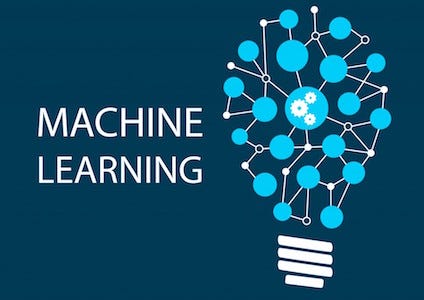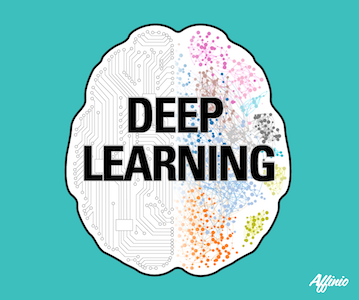So what’s the difference between AI, ML, and DL?

First coined in 1956 by John McCarthy, AI involves machines that can perform tasks that are characteristic of human intelligence. While this is rather general, it includes things like planning, understanding language, recognizing objects and sounds, learning, and problem solving.
We can put AI in two categories, general and narrow. General AI would have all of the characteristics of human intelligence, including the capacities mentioned above. Narrow AI exhibits some facet(s) of human intelligence, and can do that facet extremely well, but is lacking in other areas. A machine that’s great at recognizing images, but nothing else, would be an example of narrow AI.

At its core, machine learning is simply a way of achieving AI.
Arthur Samuel coined the phrase not too long after AI, in 1959, defining it as, “the ability to learn without being explicitly programmed.” You see, you can get AI without using machine learning, but this would require building millions of lines of codes with complex rules and decision-trees.
So instead of hard coding software routines with specific instructions to accomplish a particular task, machine learning is a way of “training” an algorithm so that it can learnhow. “Training” involves feeding huge amounts of data to the algorithm and allowing the algorithm to adjust itself and improve.
To give an example, machine learning has been used to make drastic improvements to computer vision (the ability of a machine to recognize an object in an image or video). You gather hundreds of thousands or even millions of pictures and then have humans tag them. For example, the humans might tag pictures that have a cat in them versus those that do not. Then, the algorithm tries to build a model that can accurately tag a picture as containing a cat or not as well as a human. Once the accuracy level is high enough, the machine has now “learned” what a cat looks like.

Deep learning is one of many approaches to machine learning. Other approaches include decision tree learning, inductive logic programming, clustering, reinforcement learning, and Bayesian networks, among others.
Deep learning was inspired by the structure and function of the brain, namely the interconnecting of many neurons. Artificial Neural Networks (ANNs) are algorithms that mimic the biological structure of the brain.
In ANNs, there are “neurons” which have discrete layers and connections to other “neurons”. Each layer picks out a specific feature to learn, such as curves/edges in image recognition. It’s this layering that gives deep learning its name, depth is created by using multiple layers as opposed to a single layer.

Comments